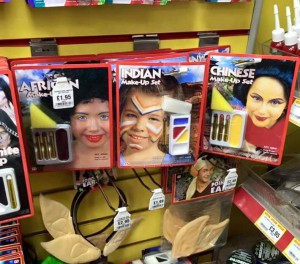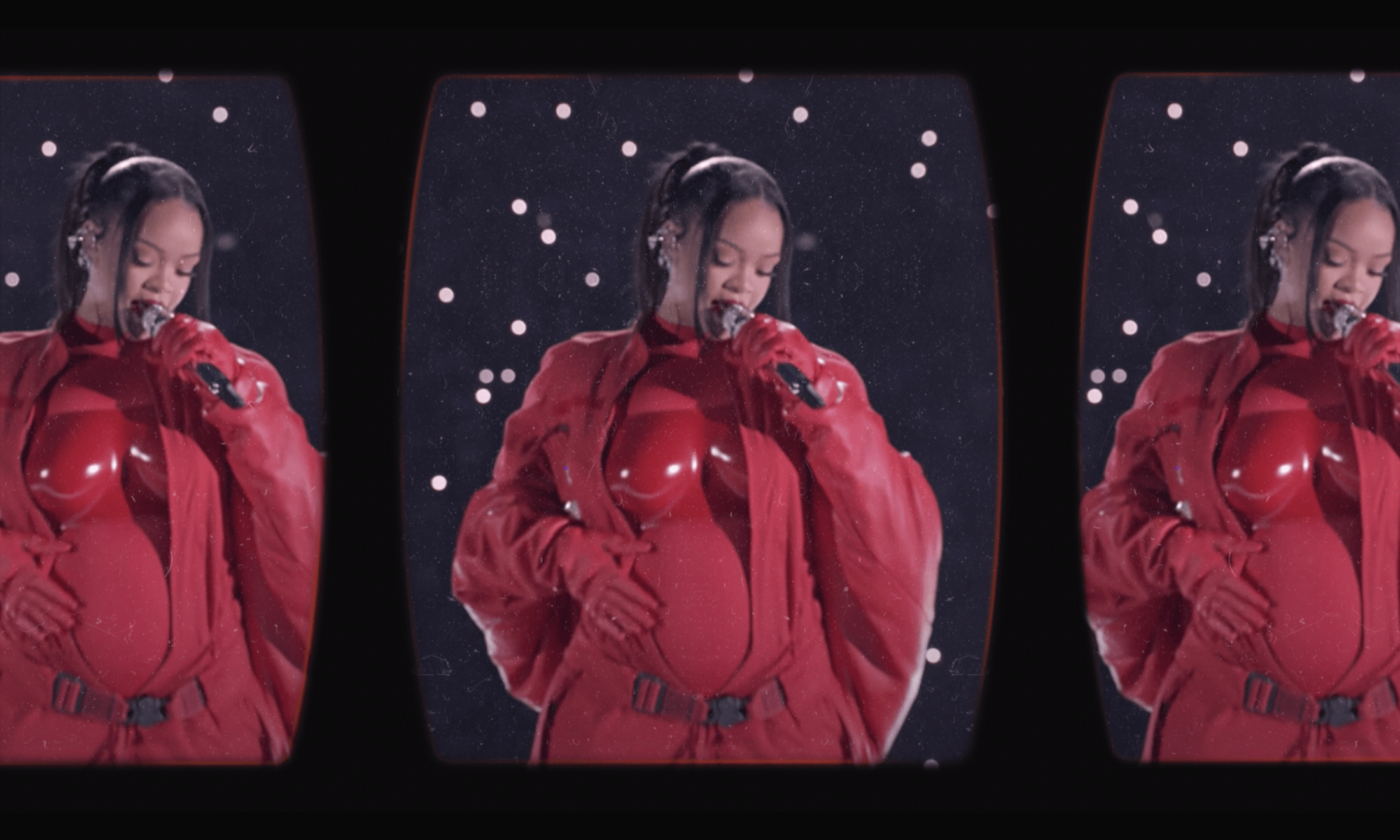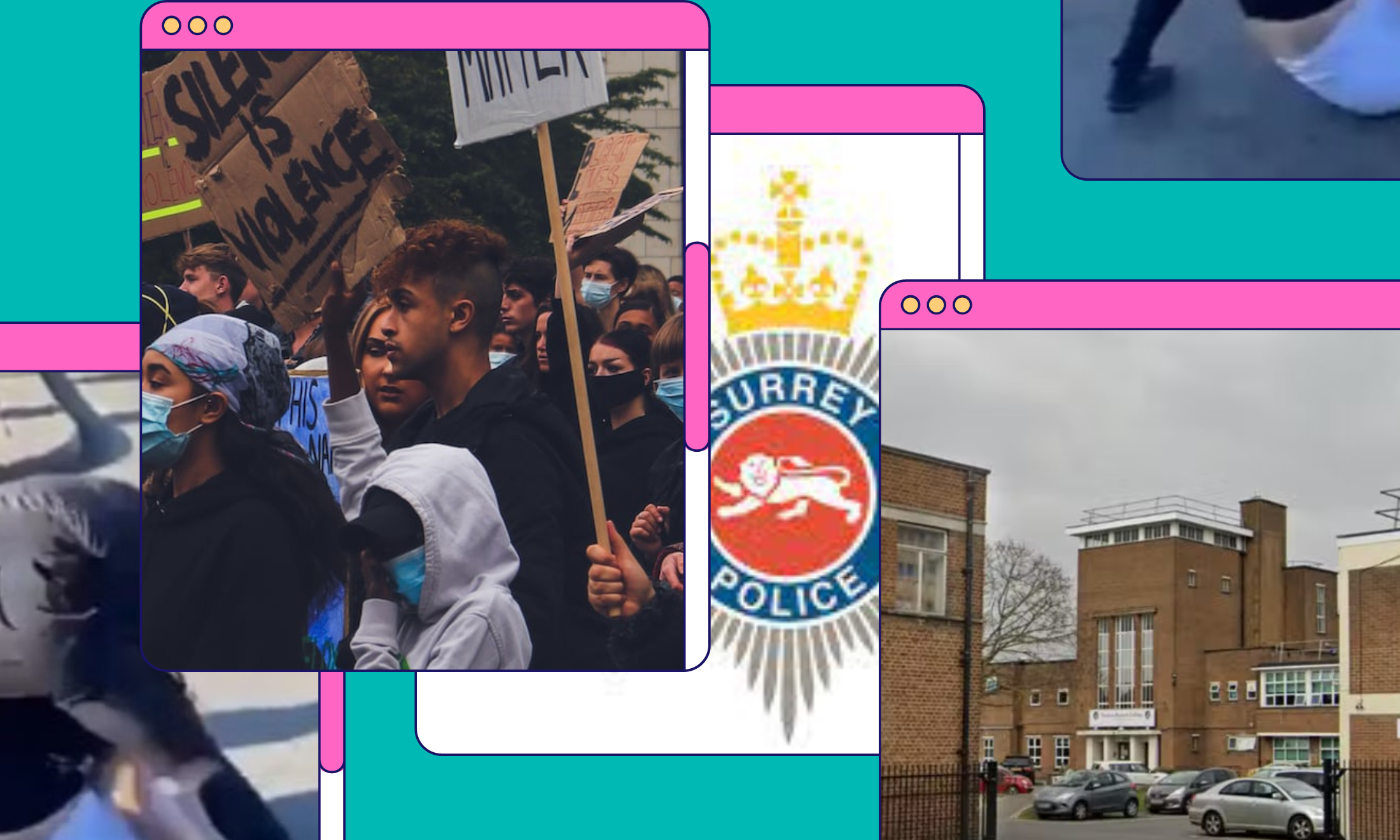
Once a year, around the end of October, one of the most frightening and harrowing days graces us: a day when people decide it’s acceptable to wear uncomfortably racist costumes. Halloween is fast approaching and it should be all about begging for sweets from strangers and dressing up, whether scary, funny or as a random character. But, for some peculiar reason, October 31 has become a day to get away with all kinds of messiness. When exactly did Halloween become a modern-day minstrel show?
 Recently, a picture from a British fancy-dress shop ran the social media circuits, depicting the sale of makeup kits intended for children to transform themselves into different ethnicities. On the packaging, a white girl smiles out in comical, Simpsons-yellow face-paint for the ‘Asian’ makeup kit and then again in an afro and black-face for the ‘African’ makeup kit. However, the most distressing part of the photo for me was that these face-paint kits were placed just above the fake elf ears, literally categorising ethnic minorities alongside mythological beings found in folklore. We are very real and we are not fancy dress.
Recently, a picture from a British fancy-dress shop ran the social media circuits, depicting the sale of makeup kits intended for children to transform themselves into different ethnicities. On the packaging, a white girl smiles out in comical, Simpsons-yellow face-paint for the ‘Asian’ makeup kit and then again in an afro and black-face for the ‘African’ makeup kit. However, the most distressing part of the photo for me was that these face-paint kits were placed just above the fake elf ears, literally categorising ethnic minorities alongside mythological beings found in folklore. We are very real and we are not fancy dress.
I would be lying if I said that I haven’t fallen into the cultural appropriation trap. I have. One Halloween, I painted half of my face to resemble a rather mediocre sugar skull, without realising the significance of Dias De Los Muertos (Day of the Dead) or acknowledging that it didn’t have anything to do with me. Although I was misinformed at the time, I’ll always be embarrassed of my actions. I knew very little about what Dias De Los Muertos was but, naively, thought I could take it and use it anyway because it was ‘pretty’. And that’s where the problem lies with cultural appropriation: taking something that is significant or important from a minority, then using it just because you like the way it looks.
Dressing up as a race or in culturally-significant dress further perpetuates stupid and damaging stereotypes. It may seem like a barrel of laughs dressing up ‘ghetto’, but you don’t have to worry about being killed by the institutionally-racist police. Or, perhaps, wearing a home-made Keffiyeh might be ‘just for fun’, but you aren’t faced with life-destroying Islamophobia on a daily basis. Or dressing up as a blacked-up Somalian pirate because Bestival’s theme was ‘nautical’ was ‘well bantz’, even though you aren’t living though the Civil War still happening in Somalia. Those privileged few wipe off their white ‘geisha girl’ makeup and set aside their ‘Indian headdresses’ and they are back to being just them; they do not have to live with the burden and horrific history that comes entwined with another’s race and culture.
You have no idea what you’re representing and, if you did, you probably wouldn’t be wearing and turning it into a trivial joke.
In a recent video by Buzzfeed (below), Native Americans described the trend of ‘Indian’ fancy dress costumes as being ‘mythologising’; much like the face-paint in the elf ears section, people have been treating Native Americans as though they are a deceased civilisation, like the Ancient Egyptians or the Romans, when these people are all very real and alive. Native American communities are still holding dearly on to sacred traditions and these are not up for grabs for the potential descendants of the people who raped, murdered and almost wiped out their ancestors, to be prancing around in. So, going as a Pocahontas because you think her headdress was cool and you loved ‘Colours of the Wind’ isn’t okay. You know what else isn’t cool? What 14-year-old Amonute had to endure at the hands of colonialists before eventually dying at the age of 21.
Why are people still finding it challenging to go as a character or actor of another race without painting themselves? It is very easy to emulate a famous person without going down the racist route. If you want to be Tina Turner, a spiked wig and a great sequin dress will make it pretty obvious; people will get it, you don’t have to do blackface. If I see four guys in unforgivably tight Jamaican bodysuits I’m going to infer that you’re doing the whole Cool Runnings thing; you don’t have to go that step further and whip out the afro wigs and face-paint.
The disturbing and very current use of black-face, especially on university campuses, leaves me questioning how apparently ‘educated’ students got into uni in the first place. Minstrel shows were performed in dance halls in the 19th century and into the 20th century; in them, white actors would wear black grease-paint or burnt cork and paint on exaggerated red lips. They perpetuated derogatory stereotypes of the ‘mammy’ and the ‘coon’, mocking black people all for the entertainment and comic relief of their white audiences. And this legacy still lives on every time someone decides to don black-face. It goes way past cultural appropriation and straight into the fiery depths of racism.
If you’re still not sure if you’re Halloween costume is problematic, here’s a quick checklist to make sure your costume isn’t a hot mess:
- Did you use makeup/face paint/wigs to change your appearance to another race? I’m not talking about making yourself white to be a ghost or red to be a devil. Did you go pick up the brown snazaroo and cover yourself in it because you thought it was jokes?
- Are you perpetuating stupid stereotypes: going as a ‘Jamaican’ with dreadlocks and a fake spliff; or a ‘savage’ equipped with afro and bone necklace? (Yes, I have seen this costume on sale in the UK.)
- Is your costume a generalised culture or race that isn’t your own? I.e ‘geisha girl’, ‘Indian’, ‘Mexican’?
If you’ve answered ‘yes‘ to any of these questions, you are being racist. Please do the world a favour and just stay at home on Halloween and binge watch some Tim Burton films.









